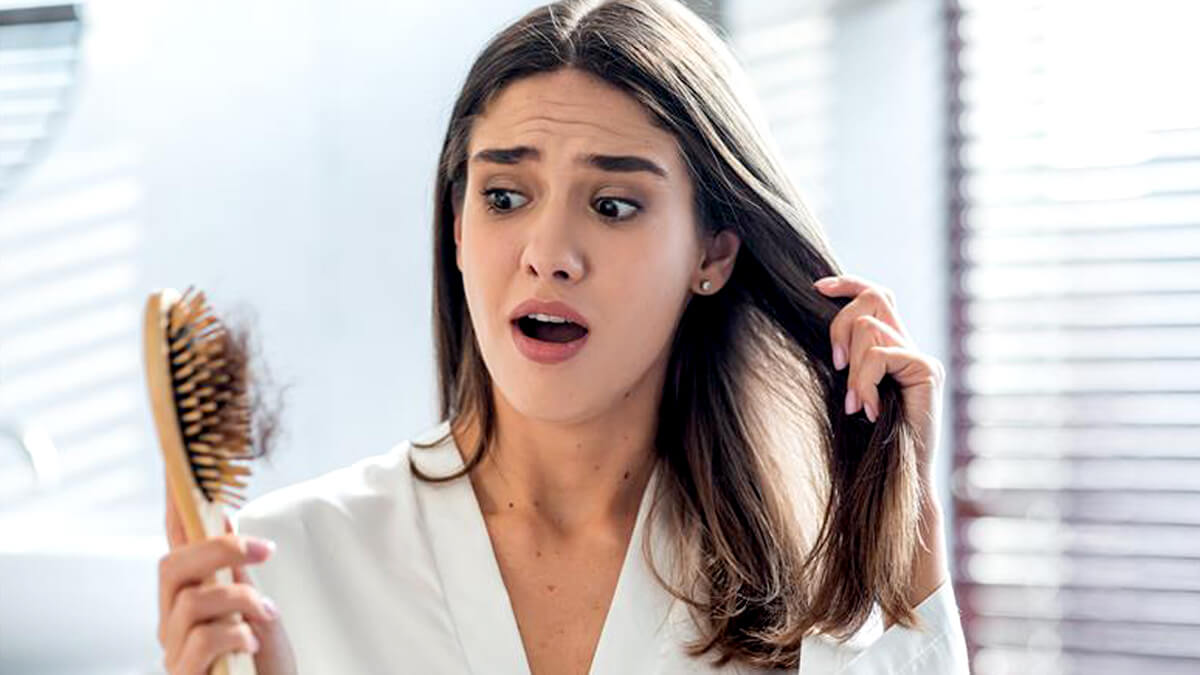Hair loss is much more common than many people think. From gradual thinning to sudden shedding, it affects both men and women across the UK. One common but often underestimated trigger? Hormonal imbalance!
Hormones influence your hair’s growth cycle, and when they fluctuate, hair health can suffer. The reassuring news? Hormonal hair loss is often treatable. With a personalised consultation, you can pinpoint the cause and find a treatment plan that fits your needs.
This blog aims to shed light on how hormonal imbalance and hair loss are linked, and what steps you can take to regain control.
How Do Hormones Affect Your Hair Growth Cycle?
Hormonal imbalance refers to fluctuations in your body’s hormone levels, either too much or too little of a particular hormone. Your hair growth cycle is closely tied to this delicate balance.
For instance, Dihydrotestosterone (DHT), a hormone made from testosterone, is a major cause of hair loss in both men and women. It shrinks hair follicles over time, leading to finer, shorter hair. On the other hand, oestrogen and progesterone maintain hair in its growing phase. When their levels drop (as in menopause), hair may become thinner.
Thyroid hormones also play a role—both underactive (hypothyroidism) and overactive (hyperthyroidism) thyroids can disrupt hair growth.
If you’re noticing unusual hair changes, it might be more than just ageing, hormonal imbalance might be the cause.
What Are the Main Causes of Hormonal Imbalance That Trigger Hair Loss?
Several underlying conditions can throw your hormones off balance. Polycystic Ovary Syndrome (PCOS), for example, leads to increased androgens, often causing hair thinning in women. Menopause is another major factor; many women report noticeable hair changes during this time.
Thyroid conditions, certain medications, and even chronic stress can shift hormone levels. Lifestyle habits like poor sleep, high sugar intake, or extreme dieting can worsen these imbalances.
What Are the Early Signs of Male and Female Pattern Hair Loss?
There are a couple of early signs of male pattern baldness, including:
1. A receding hairline.
2. Thinning at the crown.
Women may experience:
1. A widening part in the hair.
2. Overall thinning across the scalp.
If you’re unsure whether your hair changes are normal or part of a deeper issue, it’s worth getting a professional opinion.
Is Hair Loss from Hormonal Imbalance Reversible?
In many cases, yes, especially if addressed early. The sooner you identify the cause and begin the right treatment, the better your chances of regrowth or halting further loss.
However, without treatment, hair loss may progress. That’s why a hair loss treatment consultation is essential to assess your specific needs and set realistic expectations.
What Are the Best Hair Loss Solutions for Hormonal Imbalance?
At The Hairology Centre, we offer evidence-based treatments including high-strength Minoxidil and Finasteride, both MHRA and FDA approved. We create custom topical treatments, designed specifically for your type of hair loss. We also offer collagen induction therapy, laser combs, and Hairology-V supplements, designed to support your hair from the inside out.
Get Effective Hair Loss Medication in the UK at The Hairology Centre
While hormonal imbalance and hair loss can be frustrating, it’s not something you have to face alone. With expert guidance and the right treatment, you can regain the confidence that comes with voluminous hair.
Whether you’re noticing the early signs of male pattern baldness or struggling with female pattern hair loss, a consultation at The Hairology Centre could be your first step towards healthier hair.

